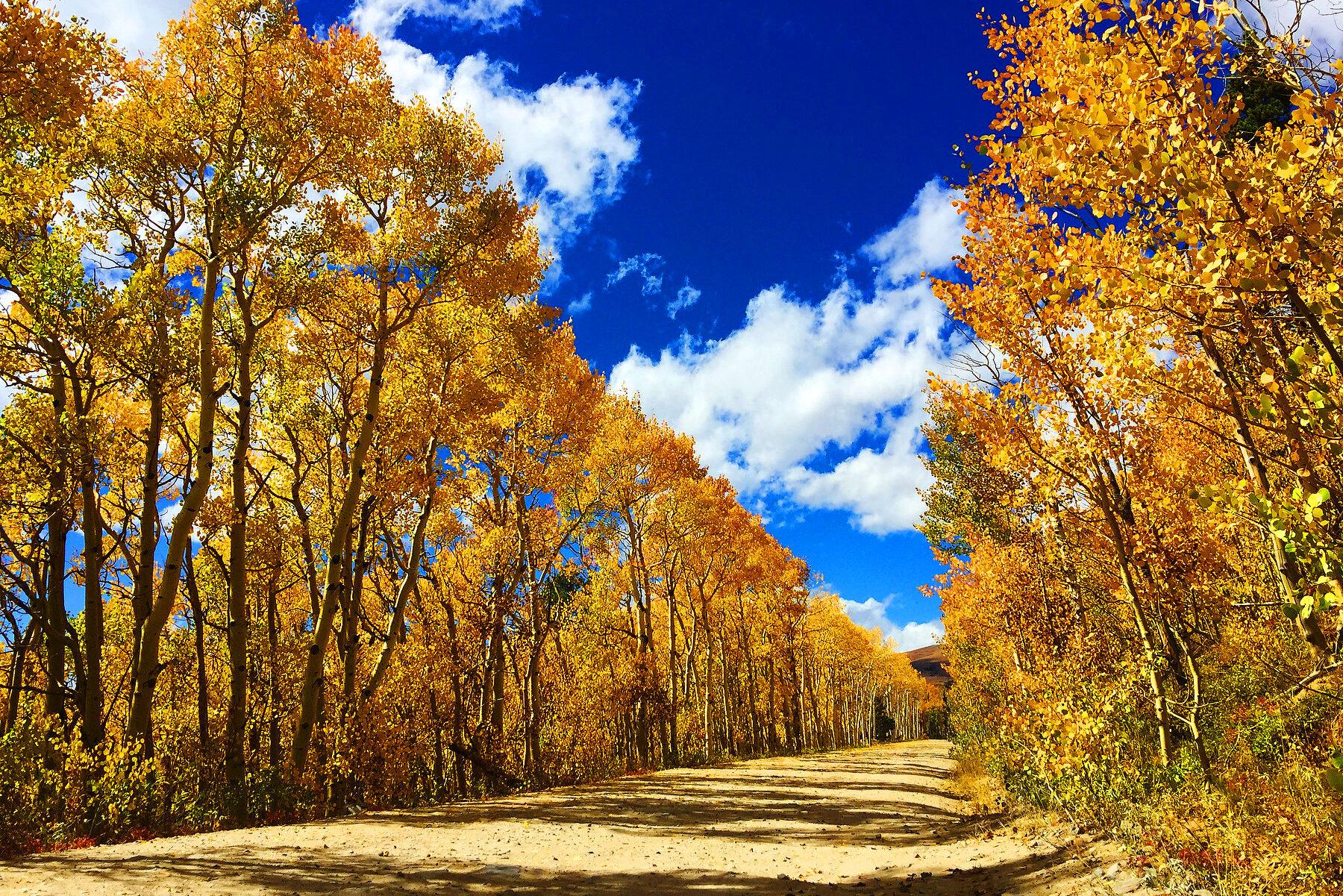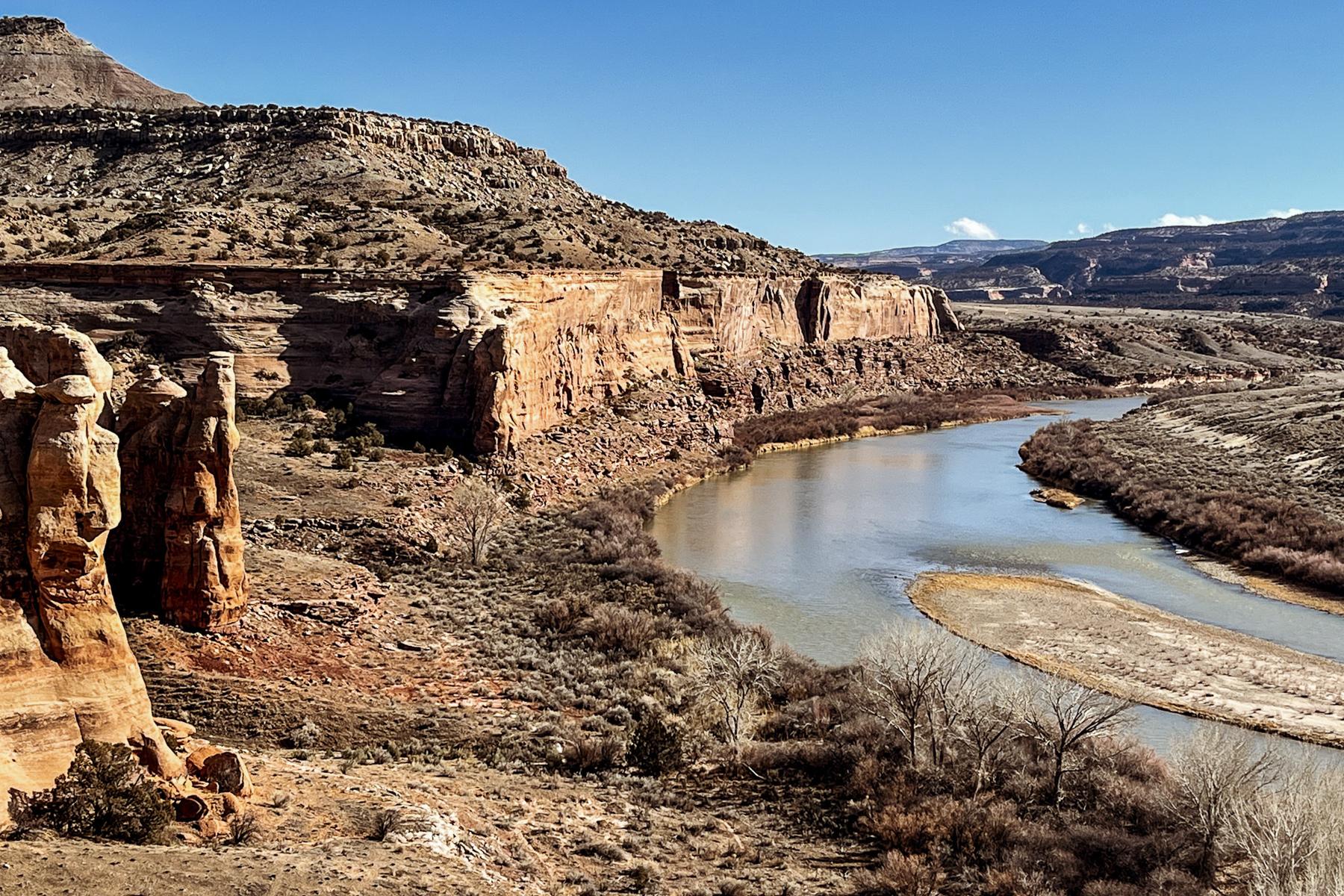
The highest continuous paved road in North America sits atop the Colorado Tourism Office's top 10 list of places to see fall color. What would this famous stretch of highway that winds through Rocky Mountain National Park be without the blazing fall colors of aspens?
That's a question about Trail Ridge Road a new computer model wants to answer.
Researchers from North Carolina State University predict that that leaf peepers will see fewer aspen trees along some scenic Colorado byways — Trail Ridge, the Peak-to-Peak and the Cache la Poudre — as the climate warms. The study is published in the October Ecosystem Services.
"Those big views that you actually see for a much longer time as you're driving along, they'd see about one-third loss of aspen," said Jelena Vukomanovic, the study's senior author and an assistant professor at North Carolina State University.
By computer modeling different climate scenarios, the simulations project that in the next 100 years the distribution of aspen will change with rising temperatures. The hotter it got, the fewer trees there were visible on these scenic drives.
When she was a research associate at the University of Colorado Boulder, Vukomanovic became fascinated by aspens as a "cultural phenomena and a beautiful part of the landscape."
"A lot of my work involves the idea of viewscapes, so the understanding of what it is that people see on the landscape and what is it about that view that they value," Vukomanovic said. "What is it that gives them that personal connection to the landscape?"
With climate change, she said it can easily seem like it's a problem elsewhere, "or it's too big like we don't have a personal connection to it." To her, it’s important to draw that connection between landscape-level changes and something that affects people. In this case, it’s three beloved fall drives down popular scenic byways.
The models also showed a slight increase of aspen growth at lower elevations, because aspen tend to move into recently burned areas. "But in terms of the overall landscape, that's a very small number of aspen," Vukomanovic said.
She said it's hypothesized that what makes aspens vulnerable to climate change is their shallow root system, which can't handle drought and increased heat. She said there's already a decline in the number of trees, and the big question is how the loss might impact tourism.
"Aspen are incredibly important for the economic engines of many mountain communities, and so I think that will be really something to wrestle with," she said.









